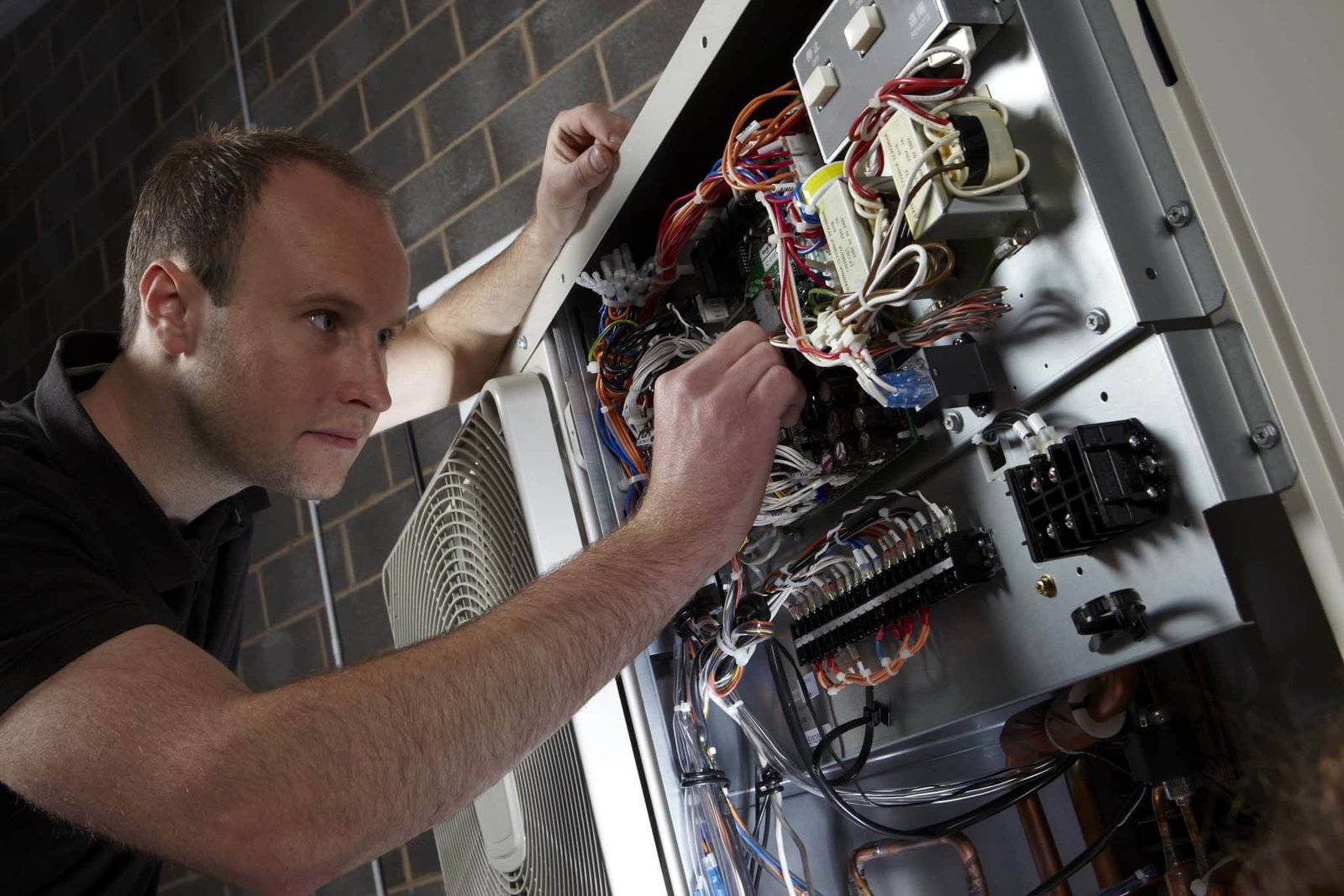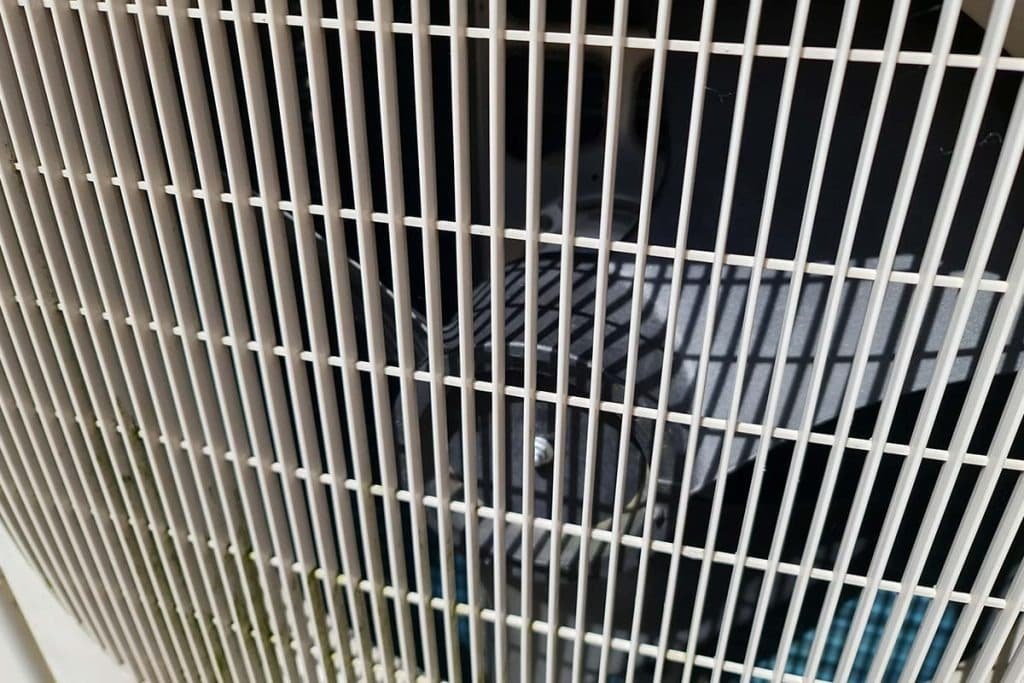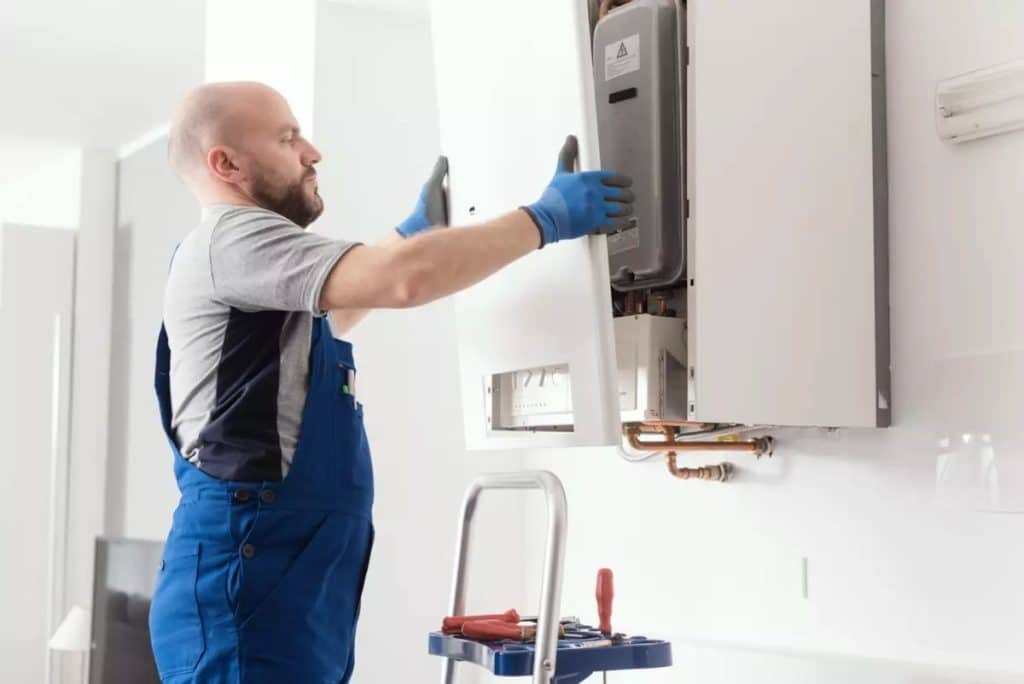Air source heat pump have become increasingly popular as heating appliances in households, harnessing heat energy from the air to warm homes and enhance energy efficiency, contributing to a reduction in carbon footprints.
While the advantages of air source heat pumps are evident, they may not be universally suitable for all homes, with specific requirements that must be met. These include outdoor installation on a flat surface in an area with ample airflow, compliance with climate and power supply standards, and compatibility with a home’s existing internal heating setup.
Installation specifications may vary among different types of air source heat pump systems, but there are common requirements that generally need to be adhered to for optimal efficiency. Our own air source heat pump system was installed during the construction of our house, providing us with a comprehensive understanding of the installation prerequisites for such appliances.
This article delves into key considerations to ponder before selecting and installing an air source heat pump. Additionally, it explores the two primary types of air source heat pump systems, aiding you in choosing one that suits your home.
Understanding the Basics of Air Source Heat Pumps
Before delving into the installation criteria, it’s crucial to grasp the fundamentals of air source heat pumps. These devices extract heat from the outdoor air and transfer it indoors for heating or cooling purposes. The efficiency of ASHPs makes them a viable alternative to traditional heating systems.
Site Assessment: Key to Successful Installation
One of the initial steps in air source heat pump installation is conducting a thorough site assessment. Factors such as climate, available space, and existing infrastructure play a pivotal role in determining the suitability of ASHPs for a specific location. Real-world example: In a moderate climate, ASHPs can efficiently operate year-round, providing both heating and cooling.
Sizing Matters: Matching ASHPs to Heating Needs

Proper sizing is critical for optimal performance and energy efficiency. Installing an ASHP that is too small may result in inadequate heating, while an oversized unit could lead to increased energy consumption. We’ll explore the calculation methods and considerations for accurately sizing an air source heat pump.
Energy Efficiency and SEER Ratings
Energy efficiency is a key consideration in choosing an air source heat pump. We’ll discuss the Seasonal Energy Efficiency Ratio (SEER) and its significance in gauging the efficiency of these systems. Real-world example: Upgrading to a high SEER-rated ASHP can significantly reduce energy consumption and operating costs over time.
Ductwork and Air Distribution
The existing ductwork or air distribution system in a property is a crucial factor in ASHP installation. In cases where ducts are not present, ductless mini-split systems or other alternatives might be considered. We’ll provide insights into adapting or upgrading existing systems for seamless integration with air source heat pumps.
Electrical Requirements and Infrastructure

ASHPs require a stable and appropriately sized electrical supply. We’ll discuss the electrical requirements for different types of ASHPs and address considerations for upgrading electrical infrastructure if necessary. Real-world example: A professional electrician may be needed to ensure compliance with local codes and regulations during the installation process.
Installation Costs and Financial Incentives
While upfront costs for air source heat pump installation may vary, exploring financial incentives and rebates can offset expenses. We’ll outline potential cost factors, including equipment costs, labor, and additional components. Real-world example: Many regions offer incentives for installing energy-efficient systems, making ASHPs an economically viable choice.
Professional Installation vs. DIY
While some homeowners may consider a do-it-yourself approach, professional installation ensures compliance with safety standards and optimal system performance. We’ll highlight the advantages of hiring certified technicians for the installation process and share a real-world example of a successful ASHP installation carried out by professionals.
Environmental Considerations: A Green Approach
Air source heat pumps are known for their environmentally friendly operation, utilizing renewable energy from the air. We’ll explore how choosing an ASHP aligns with sustainability goals and contributes to a reduced carbon footprint. Real-world example: Communities focused on environmental initiatives may offer additional incentives for adopting green heating solutions.
Noise Levels and Location

The noise generated by ASHPs can vary, and considering the unit’s location is essential. We’ll discuss strategies for minimizing noise impact and ensuring the chosen location complies with local regulations and homeowner preferences. Real-world example: Installing ASHPs away from bedrooms or using sound barriers can enhance overall comfort.
Maintenance Requirements

Proper maintenance is crucial for the longevity and efficiency of air source heat pumps. We’ll outline routine maintenance tasks, such as cleaning filters and inspecting components, and emphasize the importance of scheduling professional maintenance. A real-world example could highlight how regular maintenance prevented issues and extended the lifespan of an ASHP system.
Climate Considerations: Cold Weather Performance
While ASHPs are effective in moderate climates, their performance can vary in extremely cold conditions. We’ll discuss advanced models designed for cold climates and strategies for optimizing performance during winter. Real-world example: A case study in a colder region showcasing successful ASHP performance during winter months.
Smart Technology Integration
Modern ASHPs often come with smart technology features, allowing for remote monitoring and control. We’ll explore the benefits of integrating ASHPs with smart home systems and how these technologies enhance convenience and energy efficiency. Real-world example: A homeowner’s experience with remotely adjusting their ASHP settings for increased energy savings.
Warranty and Long-Term Support
Understanding the warranty terms and available long-term support is vital for peace of mind. We’ll discuss what to look for in an ASHP warranty, including coverage for parts and labor, and how manufacturers’ reputations for customer support can influence the decision-making process.
Community Regulations and Zoning
Local regulations and zoning ordinances may impact the installation of air source heat pumps. We’ll highlight the importance of checking with local authorities to ensure compliance with codes and regulations, including any restrictions on outdoor unit placement. A real-world example might illustrate how a homeowner navigated local regulations during their ASHP installation.
Conclusion
In conclusion, the installation of air source heat pumps involves several crucial criteria that influence performance, efficiency, and overall satisfaction. By understanding these essentials and learning from real-world examples, homeowners and businesses can make well-informed decisions to embrace the benefits of sustainable heating and cooling solutions. Whether upgrading an existing system or incorporating ASHPs into new construction, prioritizing these criteria will contribute to a successful and eco-friendly installation.
Read more article! visit here


